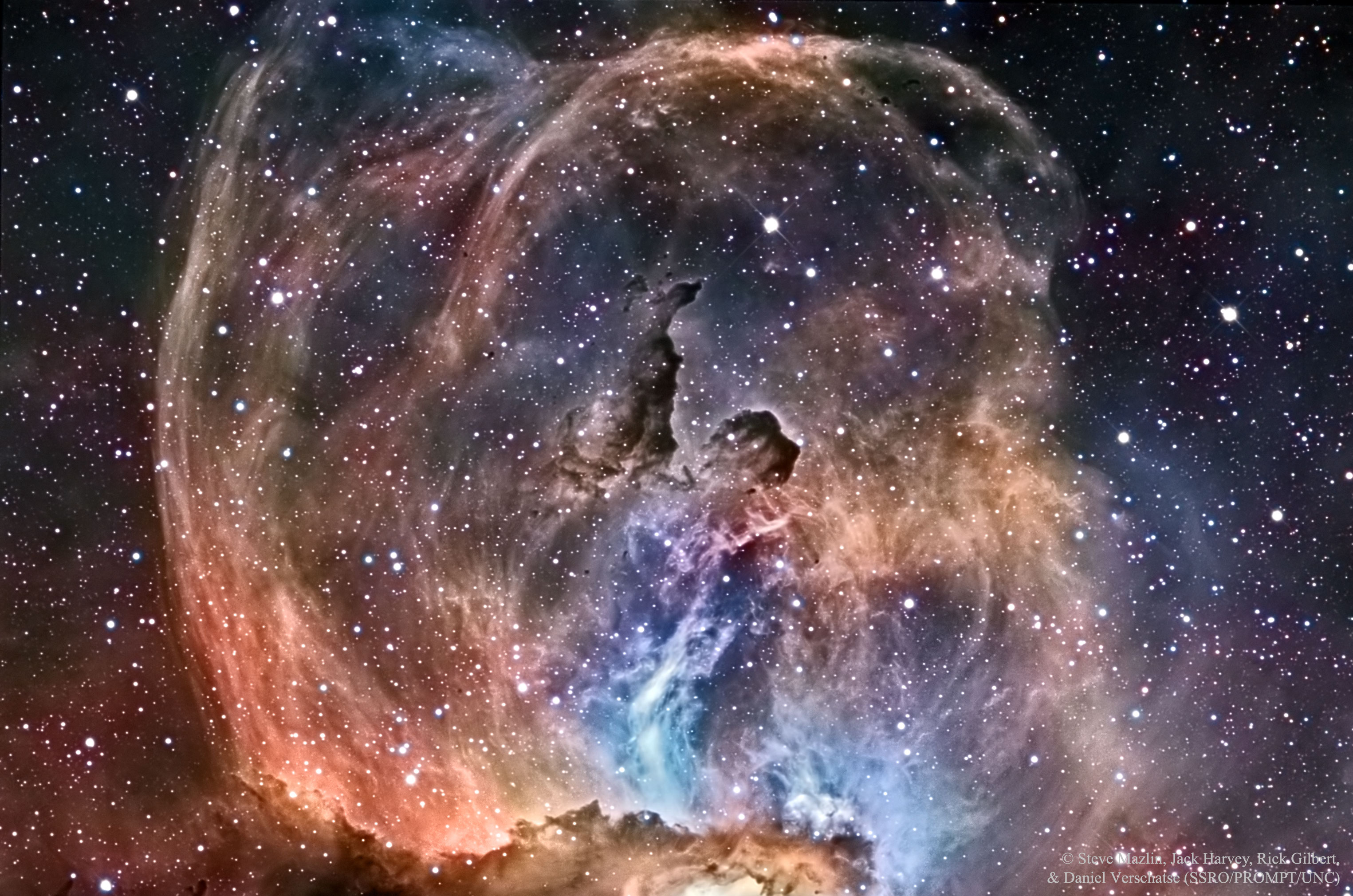
Weather forecasters warn that Ian may strengthen again as it moves northward over South Carolina, bringing torrential rains and powerful winds. The storm made landfall as an extremely dangerous Category 4 hurricane on the southwestern coast near Tampa earlier on Wednesday, and although it weakened into a 'mere' tropical storm shortly thereafter, it caused wide reaching destruction that rescue teams are only beginning to assess. The comparison image on the right was taken four days earlier. National Oceanic and Atmospheric Administration, reveals the scale of the power outages that hit Florida after Ian swept across the state on Wednesday afternoon and into the night. 29 by the NOAA 20 satellite operated by the U.S. The image on the left, taken on the night of Sept. Thursday, September 28, 2022: Satellites captured darkened Florida after devastating Hurricane Ian cut power to millions of homes. –Tereza Pultarova Lights off in Florida after hurricane Ian's rampage

The last time scientists could get such an up-close glimpse of Europa, which is one of the likeliest places in the solar system to harbor primitive life, was in January 2000 when NASA's Galileo probe zoomed 218 miles (351 km) above Europa's surface. EDT (0936 GMT).ĭuring the flyby, Juno zipped at a distance of only 219 miles (352 kilometers) from Europa's surface, the third closest pass at the moon performed by any spacecraft. This image, taken as the probe approached the moon, was shared by NASA (opens in new tab) on Twitter on Thursday, September 29, shortly after the closest pass, which took place at 5:36 a.m. (Image credit: NASA)įriday, September 30, 2022: NASA's Jupiter explorer Juno has made a close flyby of the giant planet's ice-covered moon Europa, providing the most detailed views of this strange world in more than twenty years. NASA's Jupiter-exploring spacecraft Juno made a close pass at the giant planet's ice-covered moon Europa on Sept. – Tereza Pultarova The closest views of Europa in more than 20 years The technique might one day be used to deflect a stray rock on a collision course with Earth. Astronomers are now observing the system to determine whether DART succeeded. Dimorphos orbits a larger, 2,560-foot-wide (780 m) rock called Didymos, and it was the orbit of the moonlet around the parent asteroid that the DART mission intended to change. LICIACube's purpose was to witness DART's encounter with the 525-foot-wide (160 meters) asteroid moonlet Dimorphos and inspect the aftermath of the experiment, which marked the first ever attempt to alter the orbit of a celestial body. 2), was taken just before DART smashed into the asteroid Dimorphos on Monday (Sept. The picture, released by the LICIACube team on Twitter on Sunday (Oct. A fuels and fire behavior advisory has been issued for northern California due to dry fuels and the potential for extreme fire behavior with the hot, dry, and windy weather pattern.Monday, October 3, 2022: The tiny cubesat that traveled with NASA's DART mission to the Didymos binary asteroid system to witness DART's collision with the rock snapped a picture of Earth and the moon. “Excessive heat warnings remain in effect for much of California and Oregon. Dry thunderstorms are possible in California and the north central Sierras today,” NIFC reported on September 9. “Strong winds will continue in parts of Oregon, Washington, and California. The Cedar Creek Fire in Willamette National Forest had been burning since August 1 and consumed 33,000 acres. The fire was 15 percent contained and not expected to be fully contained until the end of October.

In northeastern Oregon, the Double Creek Fire has burned more than 101,000 acres (400 square kilometers) since lightning ignited it on August 30. Predominant cause of wildland fire in the United States.

Inciweb reported that the fire was caused by human activity, by far the The blaze was 33 percent contained on September 9 and not expected to be fully contained until the end of October. Just northwest of Salmon, Idaho, the Moose Fire has burned more than 125,000 acres (500 square kilometers) since it ignited on July 17, 2022.


 0 kommentar(er)
0 kommentar(er)
